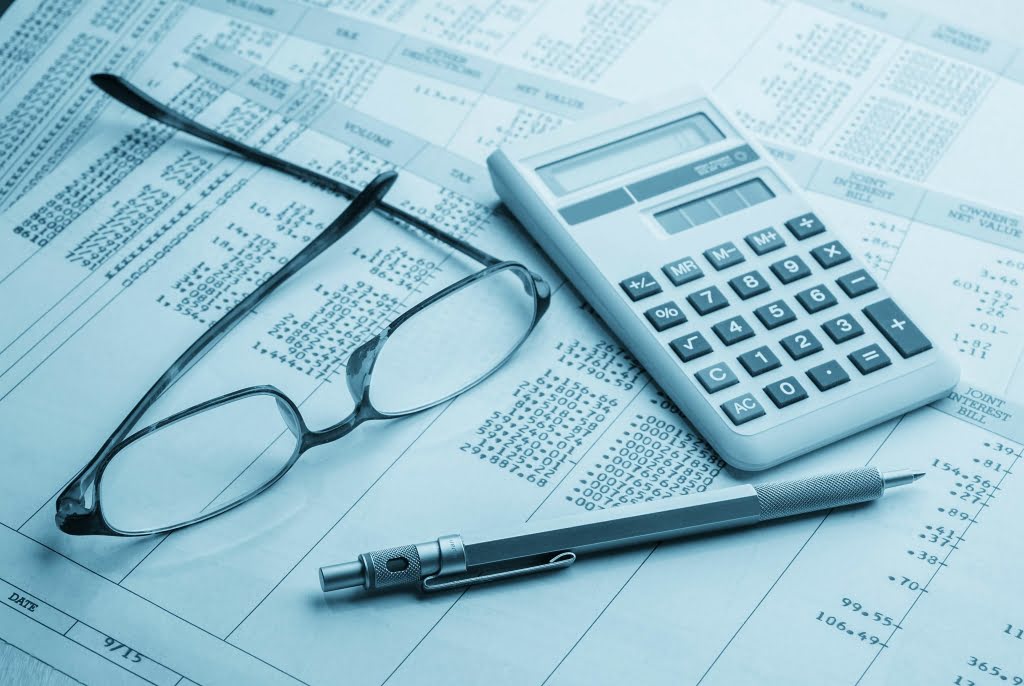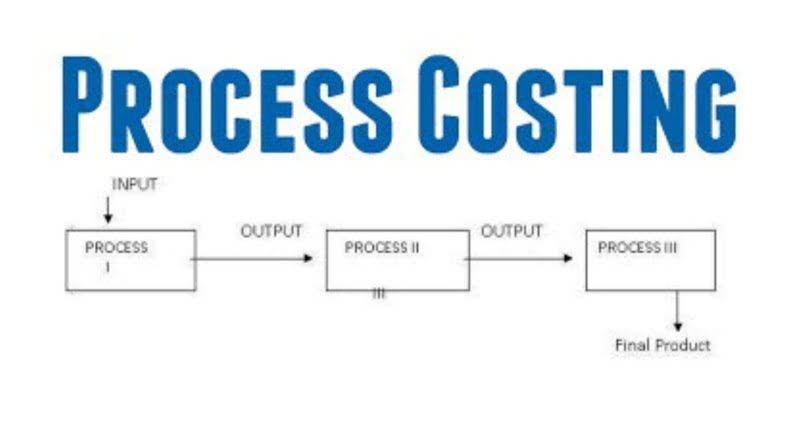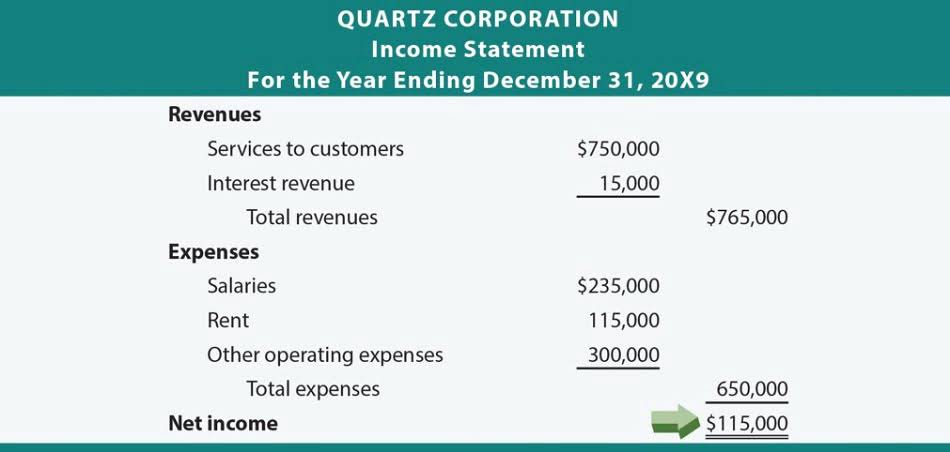
Bad debts expense is not recorded anymore since it was already recorded in advance on previous periods. The concept of bad debts is in accordance with the matching principle wherein the estimated uncollectible accounts should be expensed in the same period as the related sales were made. This practice of recognizing bad debts is a normal business practice and is part of the operating expenses of a company. By the end of June 2023, you have already earned $10,000 which is the amount of monthly rent per tenant multiplied by 10 tenants. The above adjusting entry recognizes the rent income you’ve already earned and sets up a receivable account for it.
Customer Stories
Journal entries are the main pillar of accurate accounting records, they play a critical role in tracking a business’s financial position. Each entry records a financial transaction, ensuring all activities are properly documented and accounted for. According to the recurring nature of this process, with companies generating numerous journal entries daily, there is always the potential for errors or the need to account for transactions that still need to be recorded. At the end of an accounting period during which an asset is depreciated, the total accumulated depreciation amount changes on your balance sheet. And each time you pay depreciation, it shows up as an expense on your income statement. Unpaid expenses are those expenses that are incurred during a period but no cash payment is made for them during that period.

Expenses Prepaid

Shaun Conrad is a Certified Public Accountant and CPA exam expert with a passion for teaching. After almost a decade of experience in public accounting, he created MyAccountingCourse.com to help people learn accounting & finance, pass the CPA exam, and start their career.
Top 3 Examples of Adjusting Entries

The other deferral in accounting is the deferred revenue, which is an adjusting entry that converts liabilities to revenue. A crucial step of the accounting cycle is making adjusting entries at the end of each accounting period. In this guide, we will go through the details of all adjusting entries the different types of adjusting entries, their importance, and everything else you need to know about making adjusting entries for your small business accounting.
A business will often pay expenses which might relate to a number of accounting periods, the expenses are paid in advance and are known as prepaid expenses. Even though you’re paid now, you need to make sure the revenue is recorded in the month you perform the service and actually incur the prepaid expenses. Non-cash expenses – Adjusting journal entries are also used to record paper expenses like depreciation, amortization, and depletion.
Overview of the Accounting Cycle
- These entries also aid in accurately tracking payables and receivables, ensuring that all payments owed to and by the company are recorded correctly.
- If your business uses the cash basis method, there’s no need for adjusting entries.
- The 500 year-old accounting system where every transaction is recorded into at least two accounts.
- In October, cash is recorded into accounts receivable as cash expected to be received.
In accrual accounting, it’s imperative to record revenues and expenses when they are earned or incurred, irrespective of when cash is exchanged. Adjusting entries are fundamental in adhering to this principle, which is critical for businesses that operate on an accrual basis. Adjusting entries for prepaid expenses and accruals are common in businesses. These adjustments ensure that expenses like insurance and revenues are allocated correctly over their useful life or the period they pertain to. The process involves identifying the accounts that need adjustment, determining the correct amount, and recording the journal entry. This might include adjusting revenues and expenses to their proper period or reconciling discrepancies between ledger accounts and physical counts.

A related account is Supplies Expense, which appears on the income statement. The amount in the Supplies Expense account reports the amounts of supplies that were used during the time interval indicated in the heading of the income statement. When the allowance account is used, the company is anticipating that some accounts will be uncollectible in advance of knowing the specific account. When a specific account is identified as uncollectible, the Allowance for Doubtful Accounts should be debited and Accounts Receivable should be credited. The credit balance in this account comes from the entry wherein Accounting for Churches Bad Debts Expense is debited. The amount in this entry may be a percentage of sales or it might be based on an aging analysis of the accounts receivables (also referred to as a percentage of receivables).
This means that the balance in Allowance for Doubtful Accounts should be reported as a $600 credit balance instead of the preliminary balance of $0. The two accounts involved will be the balance sheet account Allowance for Doubtful Accounts and the income statement account Bad Debts Expense. To determine if the balance in this account is accurate the accountant might review the detailed listing of customers who have not paid their invoices for goods or services. Let’s assume the review indicates that the preliminary balance in Accounts Receivable of $4,600 is accurate as far as the amounts that have been billed and not yet paid. The first step is to identify transactions that have occurred but have not yet been recorded.
- Every time a sales invoice is issued, the appropriate journal entry is automatically created by the system to the corresponding receivable or sales account.
- In this article, we shall discuss some examples of adjusting entries that are made by companies at the end of each accounting cycle but before we begin, let us have a closer look at what adjusting entries mean.
- This field goes in your account books with the compensation you receive in advance of your services.
- Likewise, when you pay cash for a product or service, you’ll immediately record an expense, regardless if that product or services was already delivered to you.
- So let’s assume that you rent a warehouse for the whole year in August to store your notebooks and pay the total rent in one deposit.
Adjusting Entries Example #1 – Accrued but Unpaid Expenses
Without proper AR management, businesses risk cash flow shortages and delayed collections. Accounts receivable refers to the money a business is owed by customers who have adjusting journal entries examples purchased goods or services on credit. It represents a short-term asset on the balance sheet, reflecting revenue that has been earned but not yet received. Real-time bookkeeping revolutionizes financial management by providing businesses with instant access to up-to-date financial data, improving cash flow tracking, expense management, and profitability analysis.
